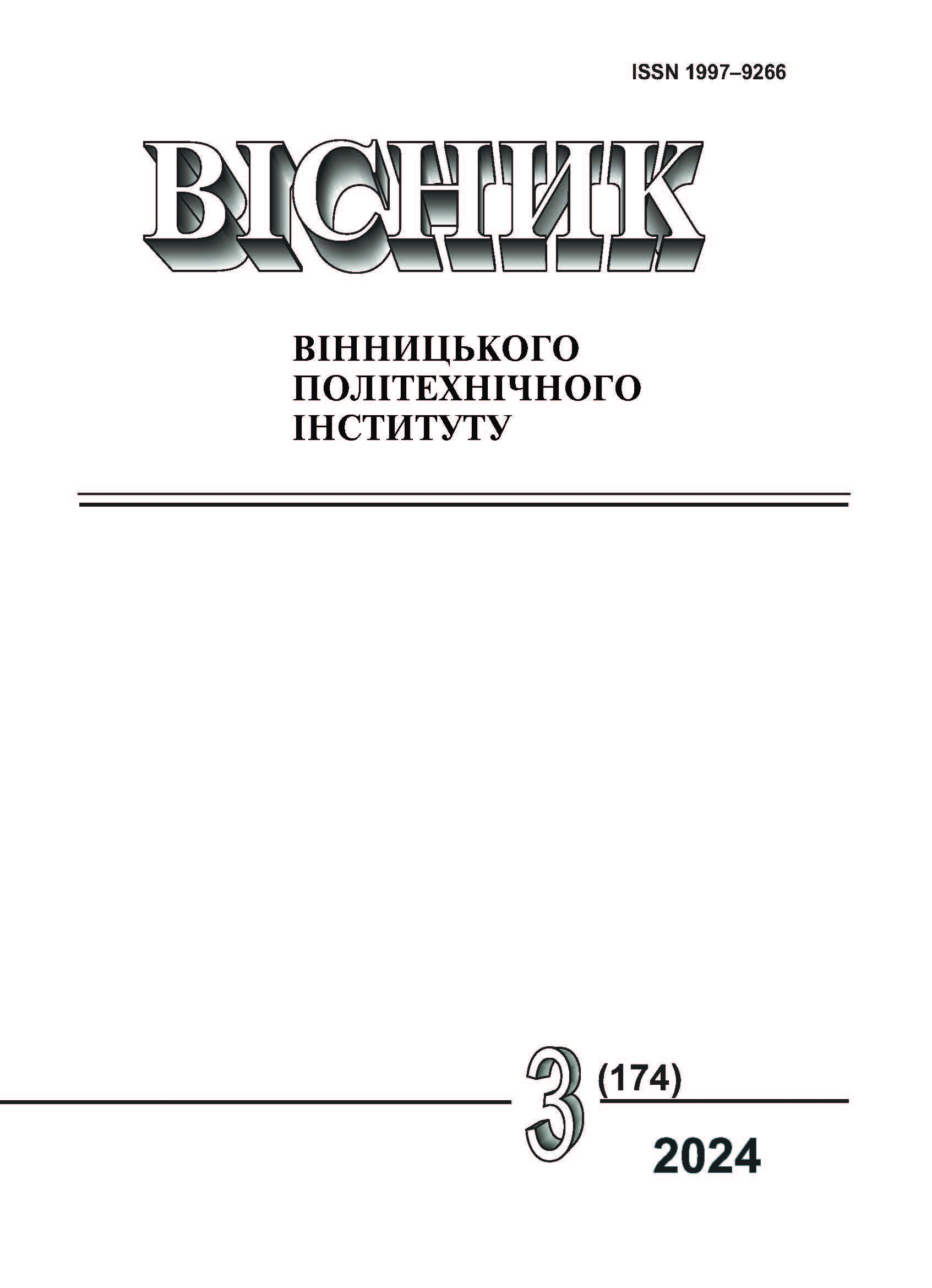Application of Welding Inverter for Induction Heating
DOI:
https://doi.org/10.31649/1997-9266-2024-174-3-50-55Keywords:
induction heating, inductor, resonance, parallel circuit, foucault currentsAbstract
Induction heating is an advanced method of materials processing in order to attain special processing characteristics. Induction hardening of cylindrical parts after thermochemical treatment is widely known: carburization, nitride hardening, carbonitriding, etc. That sort of processing helps, firstly, to significantly speed up the heating process of hardening billet, and secondly, to use another advantage : by the action of high-frequency magnetic field eddy currents shallowly penetrate into the billet’s surface layers. As a result of this process, only the billet’s surface layer is being hardened, while interior layers do not undergo hardening and save their viscous-plastic specifications. This helps to increase not only the wear resistance of the part, but also retains its plasticity, which allows it to resist shock dynamic loads.
However, in spite of all the advantages of induction heating, the processing equipment is quite complicated and bulky. And besides its cost is such high, that far from every workshop and manufacturing site can afford it.
The purpose of this study is the application of the welding inverter, after appropriate modifications, for using in the technological processes of hardening and melting of fusible metals (aluminum, zinc, solders, etc.). Concurrently there was set a task to retain the function of welding inverter as welding power supply.
In order to customize the welding inverter to the task of induction heating without sacrificing welding function, some adjustments were performed in the control unit:
– rewiring of PWM controller chip;
– adding of operation mode switch: “induction heating–welding power supply”;
– adding of frequency control potentiometer of the inverter to obtain the parallel resonance: “inductor–capacitor battery”, and thus ensure maximum of supplied energy.
Furthermore, to optimize the high-frequency heating process, external unit was installed , it houses transformers and a battery of resonant capacitors.
The resulting facility processes the parts hardening and metals melting, has ample power reserve and allows to perform induction heating rapidly. At the same time, the cost of the invertor power supply and applied components is much cheaper, than the cost of a standard industrial unit.
References
В. Ю. Негуляєв, Зварювальний інвертор — це просто. Київ, Україна: Наукова думка, 2005, 42 с.
Переробка зварювального інвертора в індукційну піч. Детальний огляд. Зварювальний апарат — нагрівач. [Електронний ресурс]. Режим доступу: https://www.youtube.com/watch?v=MkGh1ssfS0k&list=PLFobUX0T-JruNRDgXVLnaB5-fQFoHxibI&index=95 .
Downloads
-
PDF (Українська)
Downloads: 107
Published
How to Cite
Issue
Section
License

This work is licensed under a Creative Commons Attribution 4.0 International License.
Authors who publish with this journal agree to the following terms:
- Authors retain copyright and grant the journal right of first publication.
- Authors are able to enter into separate, additional contractual arrangements for the non-exclusive distribution of the journal's published version of the work (e.g., post it to an institutional repository or publish it in a book), with an acknowledgment of its initial publication in this journal.
- Authors are permitted and encouraged to post their work online (e.g., in institutional repositories or on their website) prior to and during the submission process, as it can lead to productive exchanges, as well as earlier and greater citation of published work (See The Effect of Open Access).





